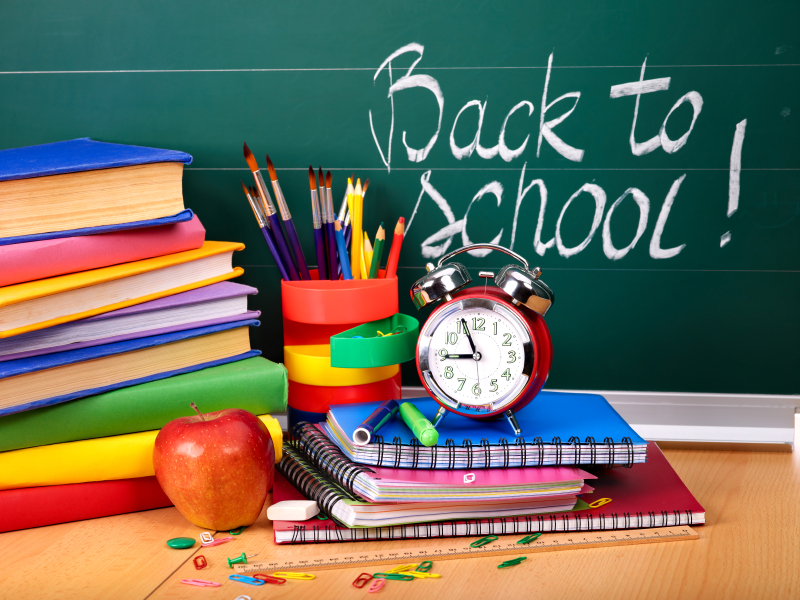
What does ‘Back to School’ mean for your child?
- Having to do school work that will be more difficult than the year before?
- Having to be somewhere at a certain time every day? (One may say ‘that’s part of life’, but this is more about the loss of autonomy.)
- Navigating the social quagmire that is the classroom dynamic?
- Learning the expectations of their new teachers?
- Being back with school friends?
- No longer ‘being bored’?
I remember a ‘first day back’ moment. I saw a group of girls that I knew, and walked up to them and said hello. They responded with derogative remarks about my socks. Apparently over the summer it had become uncool to have your socks pulled up (it was the 70s). With haste, I left, found a quiet spot and pushed my socks down around my ankles. I felt humiliated and embarrassed.
As an adult, I couldn’t care what somebody says about my socks. However, back then the opinions (that I believed) others held of me were so terribly important, and I was being ridiculed by the female hierarchy because of my socks.
THE DEMAND OF SCHOOL
For some children, school is one, long, effort. An exercise I did with one of my classes was to count how many relationships we had in the classroom by counting hand-shakes. In a class of 25 students, there were 300 different relationships, make it 325 if you include the teacher. This is why some children find school to be exhausting and will retreat into a book or a game when they can. For some, every writing task is a chore, while for others, mathematics requires so much cognitive effort and concentration that it is actually easier not to try.

TRANSITIONS
Preps/Foundation
For preps, this is about starting school and they learn that it is more than just a new lunch box and school bag. They learn that they are not allowed to get up and wander around the room whenever they want to. Cries of, ‘I want my mummy’, does not make Mummy appear. They are learning to be independent. What will they do? How will they cope? How will they find their place in this classroom of other children? They are about to embark on the steepest learning curve of their lives so far. I wonder how many of them have been told that they are a ‘big person’ now that they are going to school, only to discover that they are the smallest in the school? They are about to learn so much more than reading, writing, and mathematics. They have just entered a social green-house.

Other Primary Transitions
Other primary year transitions that can demand a bit more, are the moves from junior to middle primary (year 2 to year 3), middle to senior primary, (year 4 to year 5) and of course, year 6 to year 7.
Year 7
For the student entering Year 7, the transition can be a difficult one as they are required to be much more organised than in the past. They will now have many more teachers as well as new subjects. Homework will be coming home on different nights of the week and due back at different times. Many of the subjects may have text books which they are required to care for. (I acknowledge that much homework and texts are now digital – though this does not change the responsibility). Do not be surprised if near the end of Term One, your new Year 7 is feeling overwhelmed. For some, going to Year 7 means moving from a small primary school into a considerably larger secondary school. The transition may be less demanding in a P to 12 campus, but the organisational requirements and work demands will still be a noticeable jump.
Other Secondary Transitions.

The point is, ‘Back to School’ is so much more than a phrase for an advertising campaign. Some children, will take it in their stride, while for others, their stride might look more like a stagger. Are you aware of what your child’s stride is like and what ‘Back to School’ means to them?

About Gwen
Gwen is a school teacher, counsellor, author and presenter. Gwen’s counselling practice caters particularly for children, adolescents, teachers and parents, as well as generalised counselling. She works with individuals in relation to mental health and wellbeing. Gwen is the author of Bully Resilience: Changing the Game. See www.equipcc.com.au for more information.

Recent Comments